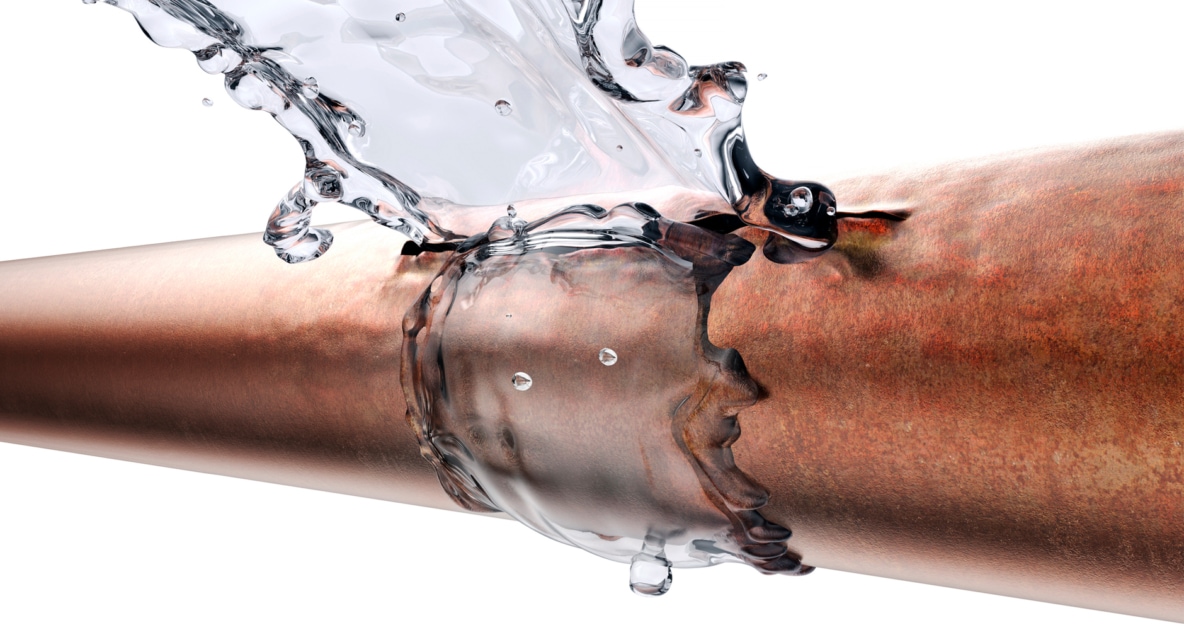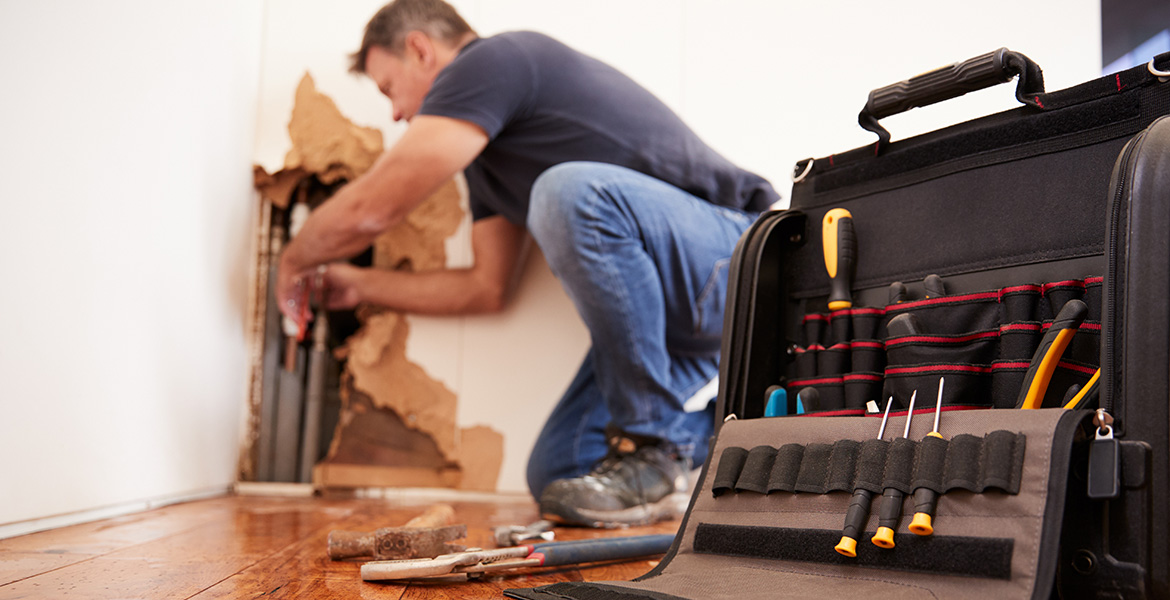Identifying a Pipe Burst and Quickly Restoring It Properly
Identifying a Pipe Burst and Quickly Restoring It Properly
Blog Article
We've uncovered the article relating to How to Prepare for Your Dishwasher Installation down the page on the web and figured it made sense to write about it with you on this site.

A ruptured pipe is a significant emergency; you can only stand as you view water you pay a lot to reunite with the planet. In even worse instances, you notice a pool on your kitchen floor, which is a wonderful trip threat, especially if you have children around. If the pipeline that burst was in your walls, bad news: you might need to paint that entire area.
Just how can a disaster like a ruptured pipe be avoided and handled? Well, by paying attention to your specialist emergency plumbing technicians and also following these regulations.
Just how do I recognize when my pipes have burst?
Fluctuating water stress
Pipes do not simply burst in a day. You might have seen that your cooking area tap or shower does not run promptly when you transform the faucet. It might pause for a couple of seconds and afterwards blast you with more pressure than common.
In various other circumstances, the water might seem typical initially, then decrease in stress after a few secs.
Wet wall surfaces as well as water stains
Prior to a pipeline bursts, it will leakage, most times. If this relentless leaking goes unnoticed, the leak might finish right into a broad tear in your pipe. One easy means to prevent this emergency is to watch out for wet wall surfaces ad water stains. These water discolorations will lead you right to the leak.
Puddles under pipelines and sinks
When a pipeline bursts, the discharge develops a pool. It may show up that the puddle is expanding in size, and also no matter the amount of times you mop the pool, in a couple of minutes, there's an additional one waiting to be cleaned. Usually, you may not have the ability to map the puddle to any type of noticeable pipelines. This is a sign to call an expert plumber.
Untraceable trickling noises
Pipe bursts can occur in one of the most undesirable areas, like within concrete, inside walls, or under sinks. When the house goes silent, you may be able to hear an irritatingly consistent trickling sound. Also after you've inspected your shower head as well as kitchen area tap, the leaking might proceed.
Beloved reader, the trickling may be coming from a pipe inside your walls. There isn't much you can do concerning that, other than tell a professional plumber.
Turn off the Water
When water ices up, it broadens in volume by concerning 9 percent. And it increases with incredible pressure: The stress inside pipelines may go from 40 extra pounds per square inch to 40,000 psi! No pipeline can hold that much pressure, so it breaks open. The break might take place where the ice kinds, but more often, it occurs where water pressure finds a weak spot in the pipeline. That may be inches or perhaps feet from the frozen area. Locate the water shutoff valve and shut off the water to stop more damage. You might additionally require to shut off the power as well, depending upon where the leakages takes place and also how big it is.
Contaminated water
Many people assume a burst pipe is a one-way outlet. Quite the contrary. As water flows out of the hole or laceration in your plumbing system, pollutants discover their way in.
Your water may be contaminated from the resource, so if you can, examine if your water storage tank has any problems. Nonetheless, if your alcohol consumption water is provided as well as purified by the local government, you must call your plumber instantly if you see or scent anything amusing in your water.
What do I do when I spot a burst pipe?
Your water meter will remain to run also while your water wastes. To decrease your losses, discover the primary controls and also transform the supply off. The water mains are an above-ground framework beside your residential property.
How to Fix & Detect a Leaking Pipe
How Do I Know if a Pipe is Leaking?
Leak detection tests can help you determine if your pipe has a leak. Even if you don’t see an apparent leak, you should still conduct leak detection tests regularly to save water and money—and prevent major damage to your home.
Water meter. It can be helpful to figure out what your usual water meter usage numbers are and then monitor them regularly. To monitor your meter, first, turn off all water faucets in your home. Check the meter and write down the numbers. In a few hours, check the meter again. If the numbers have changed, you have a leak. Water gauge. Use a water gauge to test your water pressure. Your showerhead should produce a certain amount of water pressure based on its model and design. If the pressure is lower than it is supposed to be for that specific showerhead, your home likely has a leak. Puddles. Look inside your bathroom, laundry, and kitchen sink cabinets. Puddles around the cabinets or around toilets, tubs, showers, and washing machines indicate the presence of a leaking pipe. You may also notice loose tiles, peeling or flaking paint, or mold caused by water accumulation. Napkin test. Even if you don’t see any puddles, you may still have a leak. You can test for water leaks in the bathroom, laundry, and kitchen by wiping below-sink connections with a napkin, paper towel, or piece of toilet paper. If it becomes damp, you probably have a leaking pipe under the sink. Discolored walls. Walls that are discolored—usually with brown or yellow stains—or bulging might mean that they have been impacted by water damage caused by a leaking pipe. Smell. A leaky pipe will create sitting water, and over time, that water may develop a musty smell. If your home smells musty, but you can’t locate the source, it may be due to a leak. Steps for Fixing a Leaking Pipe
A leaky drain can be remedied by tightening the pipe base, replacing the drain seal, caulking the rim, and tightening the pipe nut. Similarly, a leaking toilet pipe can be treated by tightening the packing nut. You may also need to replace the valve. A leaky faucet may just need tightening or replacement of the washers. If that doesn’t work, consider replacing your faucet. If your pipe has a hole in it, you may want to use a pipe leak sealer or pipe leak tape. This quick fix for water pipe leaks can also temporarily fix a copper pipe leak. https://www.ahs.com/home-matters/quick-tips/how-to-tell-if-pipes-are-leaking/

As a fervent reader about What to Know Before Installing a Dishwasher, I imagined sharing that excerpt was smart. Sharing is caring. One never knows, you will be helping someone out. I am grateful for your time. Visit us again soon.
Maintain plumbing standards; contact us. Report this page